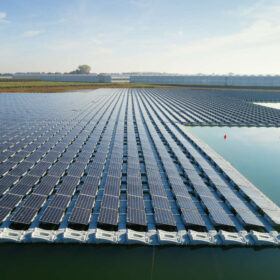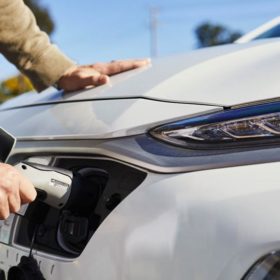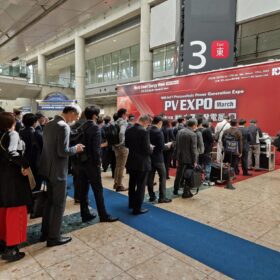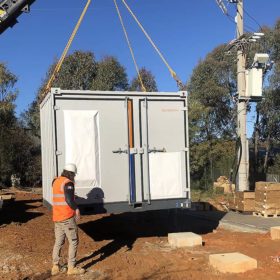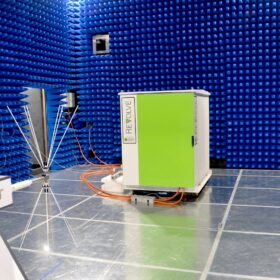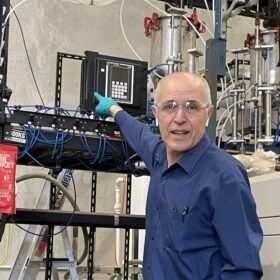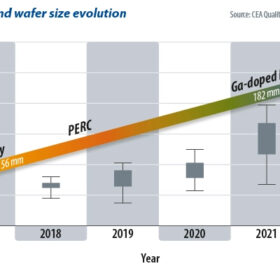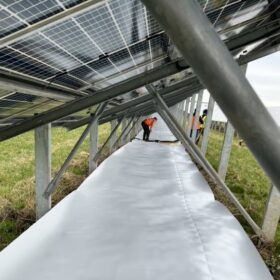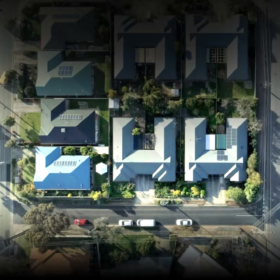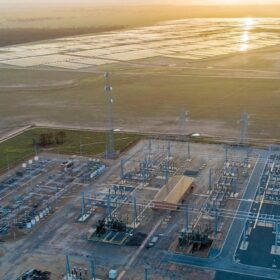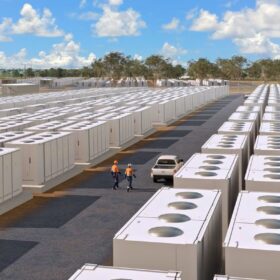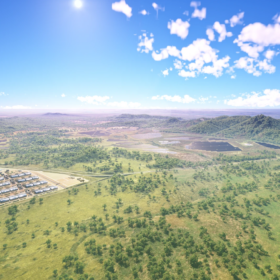Global study highlights potential of floating solar
An international group of researchers has calculated the potential for floating solar across the world. The results show a generation potential of 9,434 TWh per year across 114,555 global reservoirs, with 30% of their area covered. The United States leads with 1,911 TWh per year of potential, with Australia coming in 8th, with 210 TWh per year.
Detailed customer energy data is becoming available, here’s what the government scheme could do for industry
Access to extremely detailed consumer energy data is becoming available in Australia part of the federal government’s Consumer Data Right scheme. Used imaginatively, the data has the potential to improve how investment decisions are made, and could even open up new approaches to energy retailing, Stuart Low, founder of Biza tells pv magazine Australia.
Shifting behaviour to enable a renewable future
The Australian energy grid is on the cusp of a big bang moment. The combination of market factors and situations we’re currently seeing will lead to a thrust of innovation. Renewable energy and smart devices are here to push forward the way we consume energy and drive a change for the better of our energy bills and for the environment.
PV Expo 2023: Japanese solar’s struggle for space
PV Expo and the wider Smart Energy Week wrapped up in Tokyo last week. It revealed ambitious plans for solar and energy storage installations in Japan, including creative approaches to dealing with a severe lack of space for new installations, which should bring plenty of opportunities for domestic and international players.
Queensland’s publicly-owned battery rollout sees next town selected for 8 MWh install
Queensland is continuing its rollout of publicly-owned batteries, announcing the town of Emerald in its Central Highlands Region will soon host a 4 MW / 8 MWh battery. While the announcement doesn’t make reference to buzz term ‘community batteries,’ it seems the state is effectively rolling out a storage fleet to deliver on the promises of the concept.
Relectrify gets global green light for battery tech
Australian battery technology startup Relectrify has been given the tick of approval by the International Electrotechnical Commission for its ReVolve energy storage product, opening the way for the company to scale up the global rollout of its cell-level control technology.
Iberdrola using dogs, robots to monitor solar plants
Iberdrola is using a springer spaniel in a solar park to smell electrical problems that could lead to power cuts. It is also using a robotic dog to detect and analyse faults in substations.
Kinaltek announces nanosilicon tech will help build better batteries
Australian materials technology developer Kinaltek has unveiled a one-step production process that it says can convert common silica powders into battery-grade nanosilicon for less than 5% of the cost of existing technologies, paving the way for the use of silicon nanoparticles in high-performance lithium-ion batteries.
Weekend read: Get what you pay for
Clean Energy Associates (CEA) has calculated the price premium that solar developers will swallow in return for the levelised cost of energy (LCOE) savings offered by the latest generation of high-efficiency PV panels.
Solmax unveils reflective membrane to increase power yield in bifacial PV projects
Canada-headquartered Solmax will seek to build its presence in the Australian utility scale solar sector having developed a reflective membrane which it claims can increase the energy yield of a bifacial PV project by between 5% and 20%, depending on the plant configuration.
